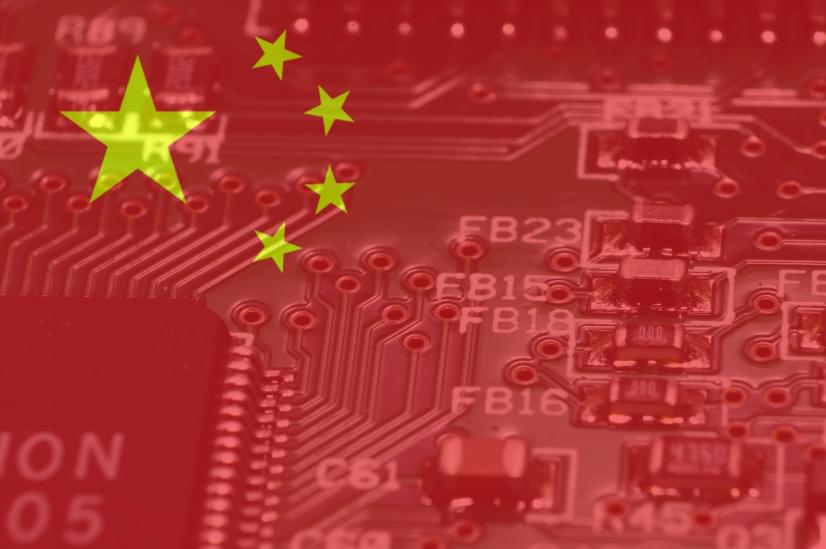The loss of life would be equivalent to six planes, each carrying 200 passengers, killing everyone on board, every year.
Reducing air pollution from road transport will save thousands of lives and improve the health.
In our published research we evaluated the costs and benefits of a rapid transition. In one scenario, Australia matches the pace of transition of world leaders such as Norway. The modeling estimates this would save around 24,000 lives by 2042. Over time, the resulting greenhouse emission reductions would almost equal Australia’s current total annual emissions from all sources.
We also calculated the total costs and benefits through to 2042. Australia would be about 148 billion Australian dollars better off overall with a rapid transition.




